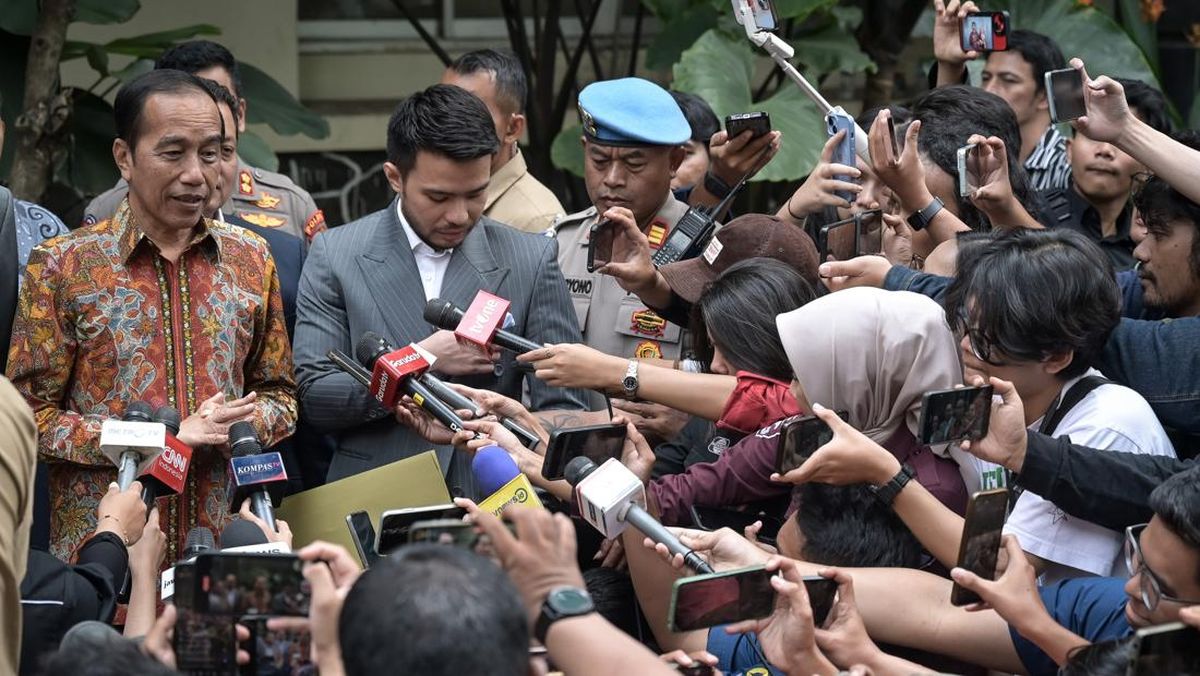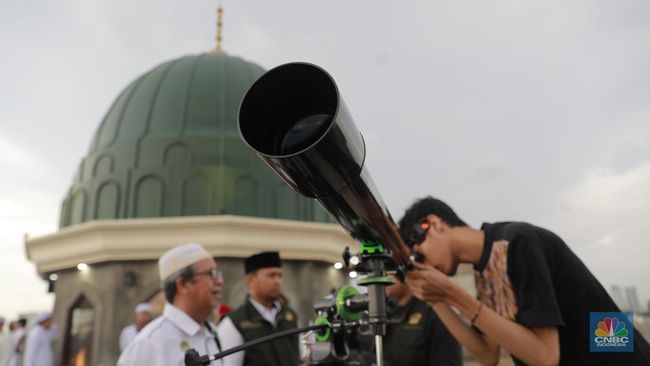Uber just announced a deal today with the company that runs one of the largest robotaxi fleets in China, as the ridehail giant nears its goal of becoming the world’s ultimate autonomous vehicle clearinghouse.
Uber and Baidu said they are teaming up to deploy robotaxis in countries outside the US and China, with an initial focus on Asia and the Middle East. Baidu is currently testing vehicles in Dubai and has also said it wants to eventually launch in Europe.
Baidu’s Apollo Go robotaxi division operates approximately 1,000 vehicles globally, most of which operate in China. The company said it completed 1.4 million paid trips in its driverless vehicles in the first quarter of 2025, which is a 75 percent increase year over year.
Ever since abandoning its own efforts to develop autonomous vehicle technology, Uber has stepped up its effort to strike deals with a variety of companies, from robotaxi leaders like Waymo to delivery robot operators like Serve and Avride. The company has said it wants to use its reach and scale to help autonomous vehicles proliferate across the globe. And it doesn’t want to just work with a few AV operators — it wants to work with all of them.
Uber doesn’t want to just work with a few AV operators — it wants to work with all of them
“We want to work with all the software providers,” Uber CEO Dara Khosrowshahi said in a Decoder interview in May, “make sure they’re safe and affordable, and bring them to market.”
The “making sure they’re safe and affordable” is really the most important part. If riders trust Uber — and for the most part, customers do seem to trust the company to send them a car when needed — then it stands to reason they’ll extend that trust to include autonomous vehicles, if and when Uber decides to send them a robotaxi. That’s what’s happening right now in Austin and Atlanta, where Uber’s partnership with Waymo serves as a preview of what’s the come: human-driven Uber vehicles operating alongside driverless Waymo ones, all within the same app.
In addition to Baidu, Uber has partnerships with Waymo, Motional, Avride, May Mobility, Momenta, Volvo, Volkswagen, Wayve, and WeRide for self-driving cars; Serve, Coco, Cartken, and Nuro for delivery robots; Aurora and Torc for freight; and Avomo and Moove Cars for fleet management.
Uber’s decision to play nicely with all these companies probably won’t come at the expense of future ruthlessness. Uber knows it will also need to eventually compete with robotaxis, especially in markets like San Francisco where Waymo is growing by leaps and bounds. Customers have to use Waymo’s own app in SF, and some reports suggest that Waymo has already captured nearly a third of the ride-hailing market in that city, which translates into lost revenue for Uber.
One of the big names missing from that list of collaborators is Tesla. Elon Musk’s company recently launched a limited, supervised, non-public robotaxi service in Austin, and he has said he wants to expand to California and Arizona in the months to come. Khosrowshahi said on Decoder that he sees Tesla as a competitor, albeit a minor one with “less demand.” And he has questions about Tesla’s camera-only perception system that does not include redundant sensors like lidar.
“From my standpoint — and this is judgment — you really need superhuman safety,” Khosrowshahi said. “Superhuman, to me, doesn’t mean better than a human. It means five times better than a human. I think the data suggests that Waymo is around that level. It’s not 100 percent clear to me whether camera-only can get there.”
One of the big names missing from that list is Tesla
As a financial move, Uber’s effort to swallow the world of autonomous vehicles is a smart one. The company reaps the benefits of deploying robotaxis on its app — a share of fare revenue, positive association with a futuristic technology — without having to shoulder the enormous costs of developing the tech and the software needed to power the vehicles.
Of course, Uber was once heavily invested in the idea of building its own self-driving cars. But the project blew up spectacularly, with allegations of trade secret theft and patent infringement, as well as a 2018 crash that killed a pedestrian in Arizona.
But that impulse didn’t completely fade away — at least not for Uber founder and ex-CEO Travis Kalanick. Recall this is the guy who framed the race to develop AVs as an “existential terms” pursuit for Uber. After he was ousted from the company in 2017, Kalanick built up a ghost kitchens startup, but his sight never truly strayed from the original dream of owning a fleet of robotaxis. Now he’s trying to buy Pony.ai, a self-driving car company that is mostly based in China. And according to The New York Times, Uber could help him finance the deal.
But under Khosrowshahi’s leadership, Uber is mostly focused on deals and partnerships. Robotaxi operators are teaming up with Uber because that’s where all the customers exist. Who wants to spend all their time building a ridehail app from the ground up when Uber already has one that’s used in most countries across the world?
The latest deal with Baidu reveals how Uber’s aggressive global expansion can pay dividends. China has its own rules, but if Uber can prove that it can play cooperatively with some of the country’s biggest companies, that could help Baidu and other Chinese firms with global ambitions find their way into new markets. And that could work out equally well for Uber — if not more so.

 2 months ago
30
2 months ago
30
















































